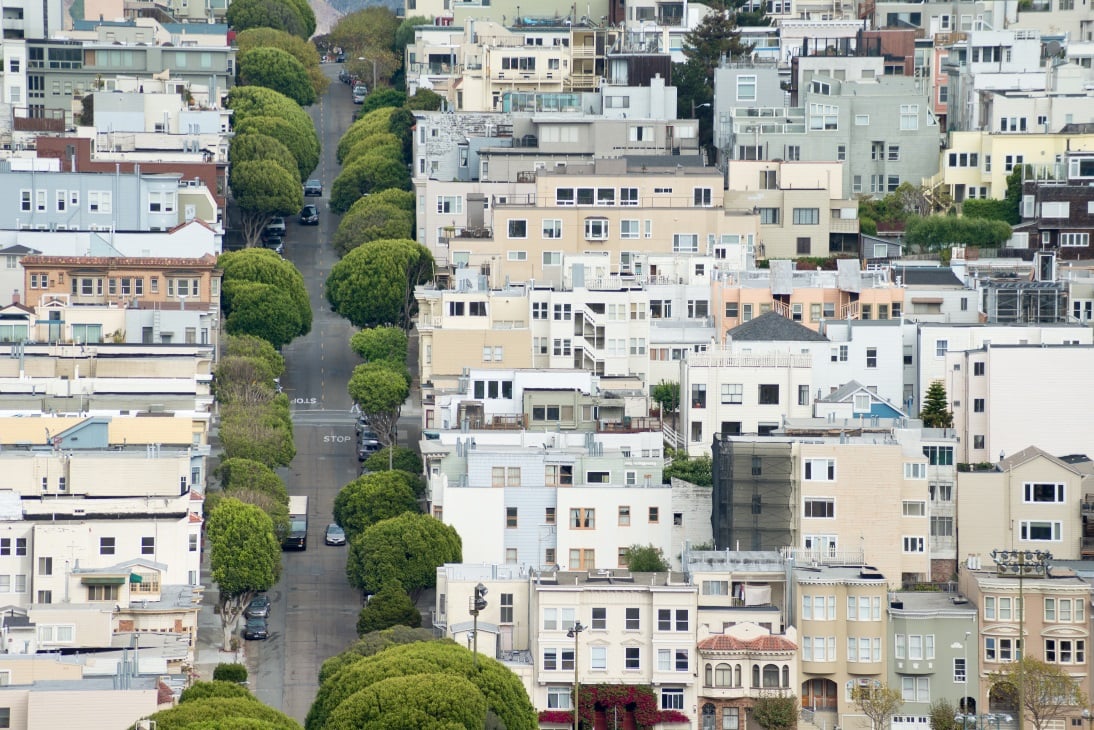
Following five-plus years of litigation on behalf of the San Francisco Urban Forest Coalition, and over 1,500 hours of pro bono work by DWT lawyers, the city of San Francisco has been ordered to more consistently enforce its widely flouted laws designed to promote the urban forest.
Superior Court Judge Ernest Goldsmith found that the lawsuit “prompted the City to respond and get its act together” and that it demonstrated the city’s “history…of noncompliance and ineffectual methodology or system.”
San Francisco’s official Urban Forest Plan recognizes that street trees bring tremendous benefit to city life. As the plan points out, the urban forest “creates a more walkable, livable and sustainable city. Trees and other vegetation clean our air and water, create greener neighborhoods, calm traffic and improve public health, provide wildlife habitat and absorb greenhouse gases. Annually, the economic benefits provided by trees in San Francisco are estimated at over $100 million.”
Yet San Francisco has one of the most meager urban tree canopies. Measured from above, there’s a significantly smaller percentage of land covered by trees in San Francisco (13.7%) than in other major cities, such as Los Angeles (21%) or New York (24%).
To promote enhancement of the city’s tree canopy and reduce the impact on the environment that construction entails, the city’s Planning Code has long required applicants for certain construction permits to plant one or more street trees, based on the site’s frontage. Where planting trees isn’t feasible, an “in-lieu” fee—currently, $1,847 per tree—is paid to cover the cost of planting a street tree elsewhere. Under current law, projects that trigger the tree planting requirement include: construction of a new building (residential or commercial), the addition of 500 square feet or more to an existing building’s floor area or a dwelling unit, or adding a garage.
In 2010, Allen Grossman, executive director of nonprofit San Francisco Urban Forest Coalition, researched a sample of 16 recently-permitted projects in the city. He found that 75% of the project sites were out of compliance with the then Planning Code’s tree planting provisions. For Grossman, the “poster child” for this failure was 168 Hyde St., a multi-story apartment building built in 2007. Nine trees were supposed to be planted at the site. None were, despite many complaints to the Planning Department.
When Grossman brought his findings to the attention of the city, he found that the Planning Department did not consider enforcement to be an appropriate use of the city attorney’s resources. That’s when Grossman came to the team at DWT, who filed suit on his organization’s behalf.
“Ironically, the Planning Department ended up using the city attorney in what turned out to be over five years of litigation,” says Sanjay Nangia, an associate in our San Francisco office, who handled much of the case. “In other words, the city was willing to fight us, but not the actual folks who were violating the law.”
Although the city resisted the lawsuit, it then requested the case be stayed so that it could fix the enforcement problem. After the stay was complete, Planning Department staff appeared to have implemented a new procedure that required applicants to complete a ‘checklist’ confirming compliance with the street tree laws.
“But we learned the new procedure was not much better than the old one. My client sampled 58 sites under this new procedure,” says Sanjay. “He found that only 23 of the applicants’ permit files even contained this ‘required’ checklist. Thus, the city failed to follow the most basic part of its new procedure more than half the time.”
What is more, the city’s training materials on the new procedure also included a sarcastic remark from a high-ranking official, suggesting the new procedure was not being taken seriously. Judge Goldsmith called the remark “absurd” and further noted, “I’ve got the impression the official involved went into this kicking and screaming.”
After taking substantial discovery on the matter, DWT attorneys sidestepped an attempt by the city to dismiss the case and then brought a motion for a writ of mandate before Judge Goldsmith. He found “the record appeared to this Court to indicate that there has not been appropriate enforcement…and that I paint with a pretty broad brush.”
In February of this year, a settlement was finally reached and incorporated in a court order. It requires the city to correct its enforcement procedure going forward. The city also must review up to 720 previously issued permits identified by our client and make sure they are abiding by the tree planting provisions. The city will also enhance and make fully accessible to the public its electronic permit database to help the public track compliance.
“If we extrapolate Mr. Grossman’s initial sample and use some rough math, the failure to enforce may have resulted in the loss of about 75,000 trees in a ten-year period,” says Sanjay. “This would equate to well over $75 million in lost in-lieu fees. We are eager to see the citizens of this city regain some of that green.”
The settlement also required commencement enforcement proceedings on the poster child, 168 Hyde Street. At long last, six trees have been planted there and in-lieu fees for three additional trees (that cannot be planted due to size constraints) should be forthcoming.
